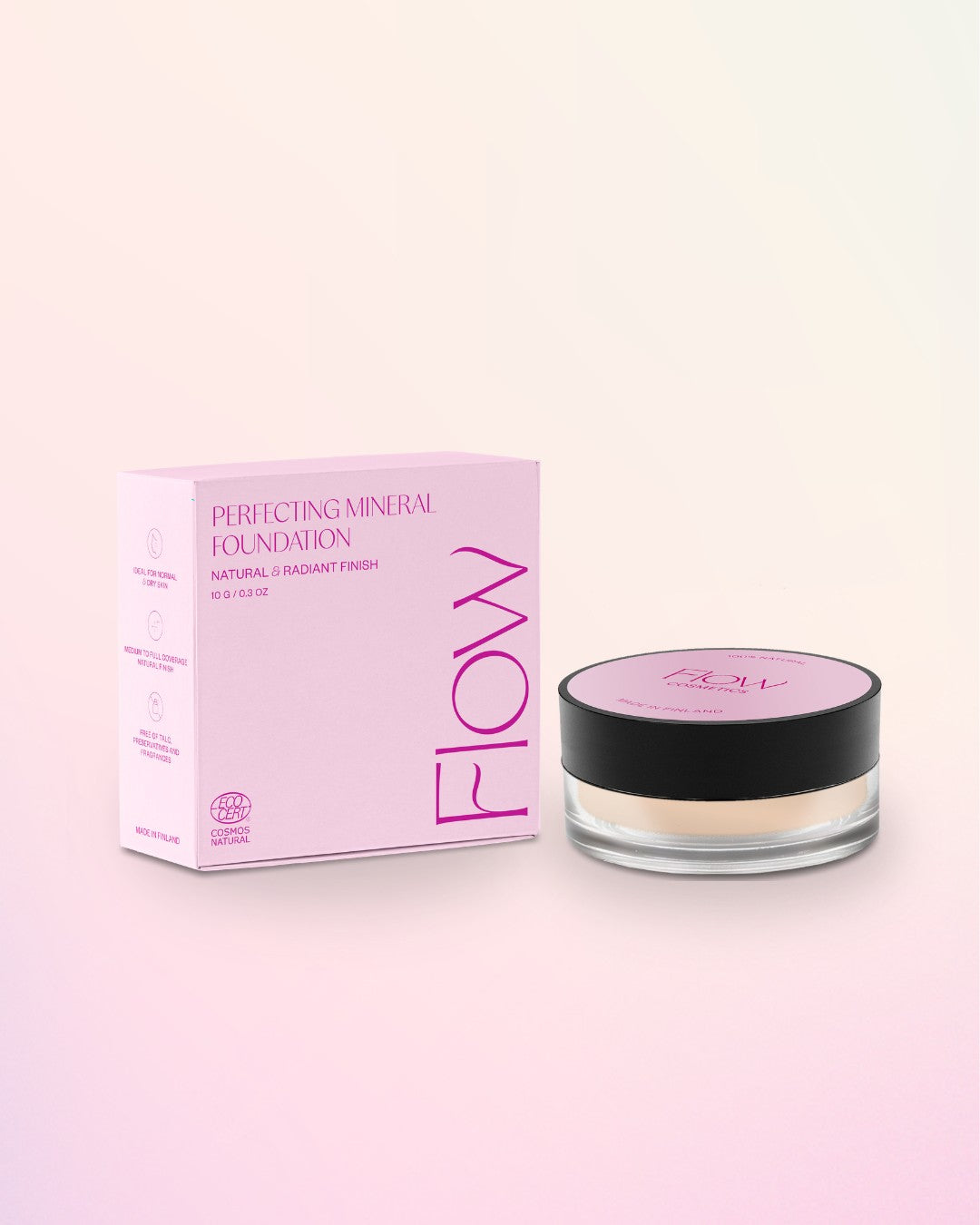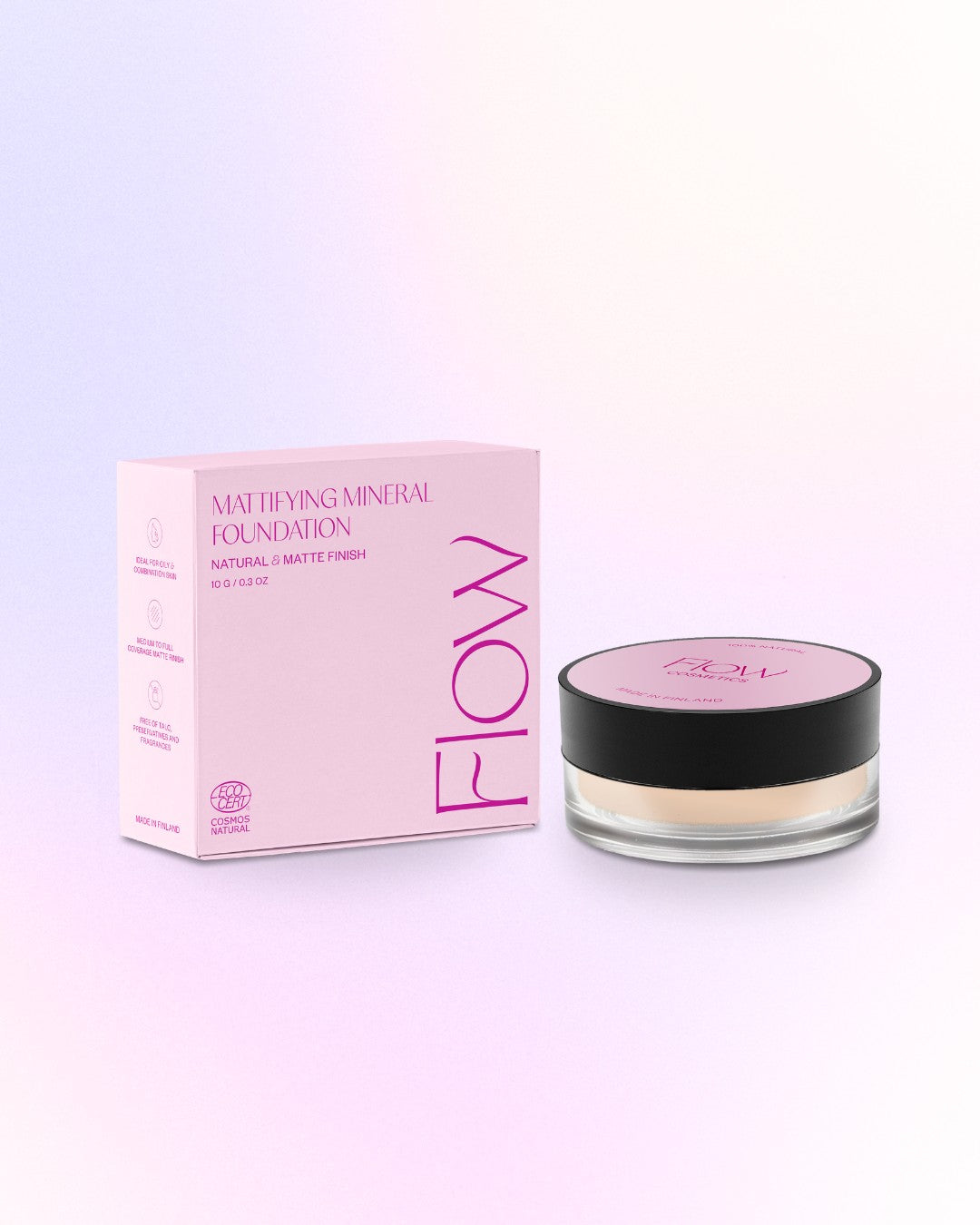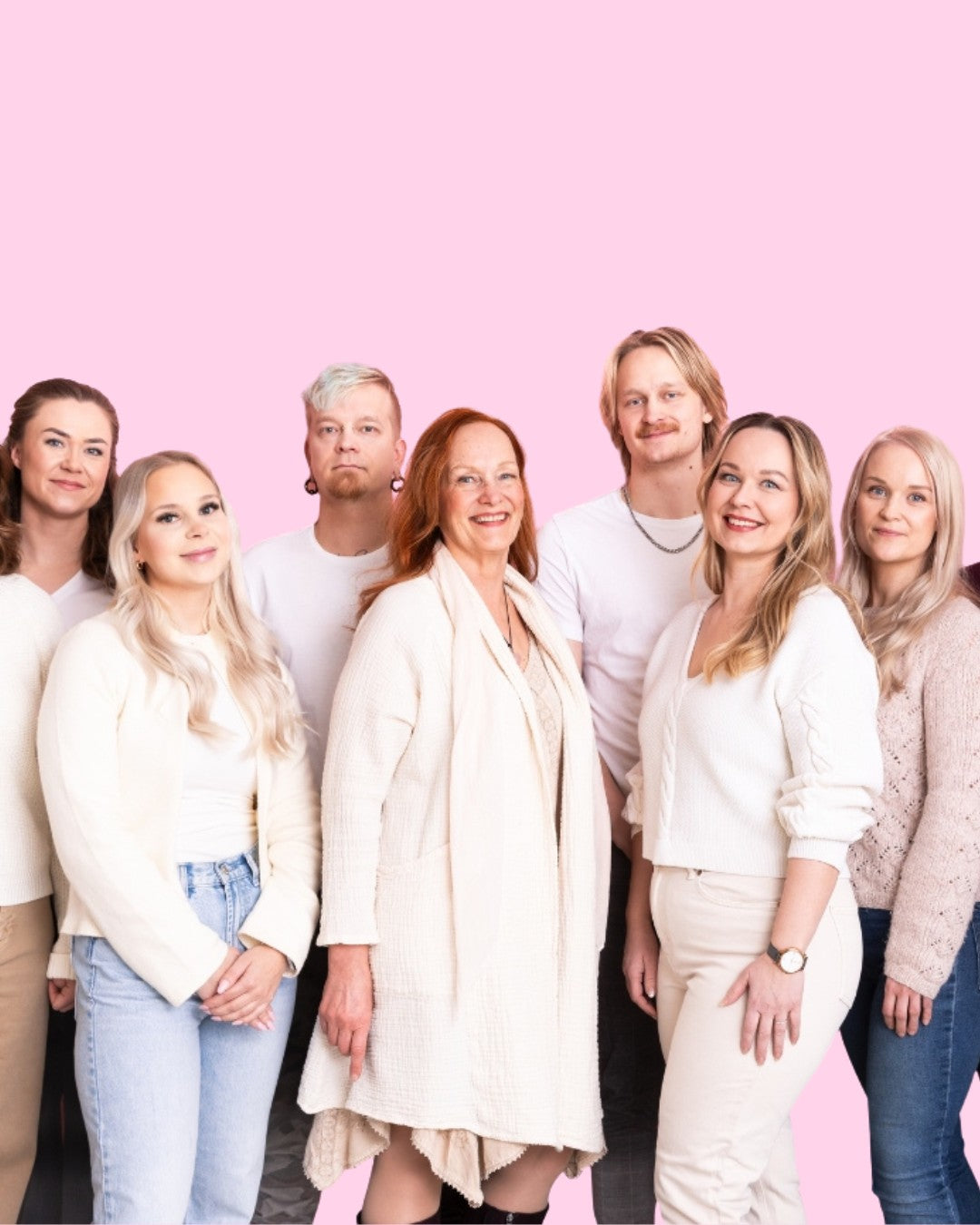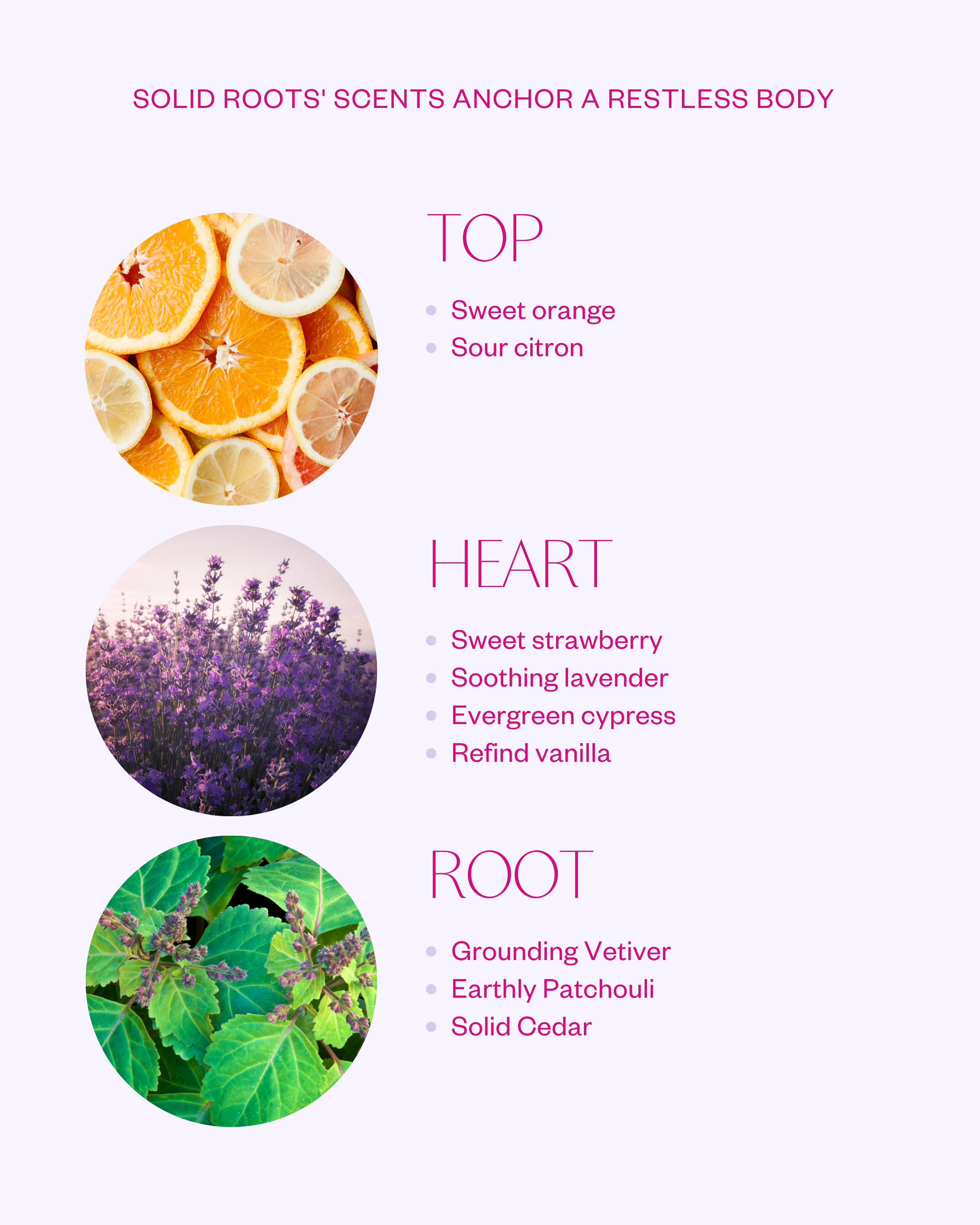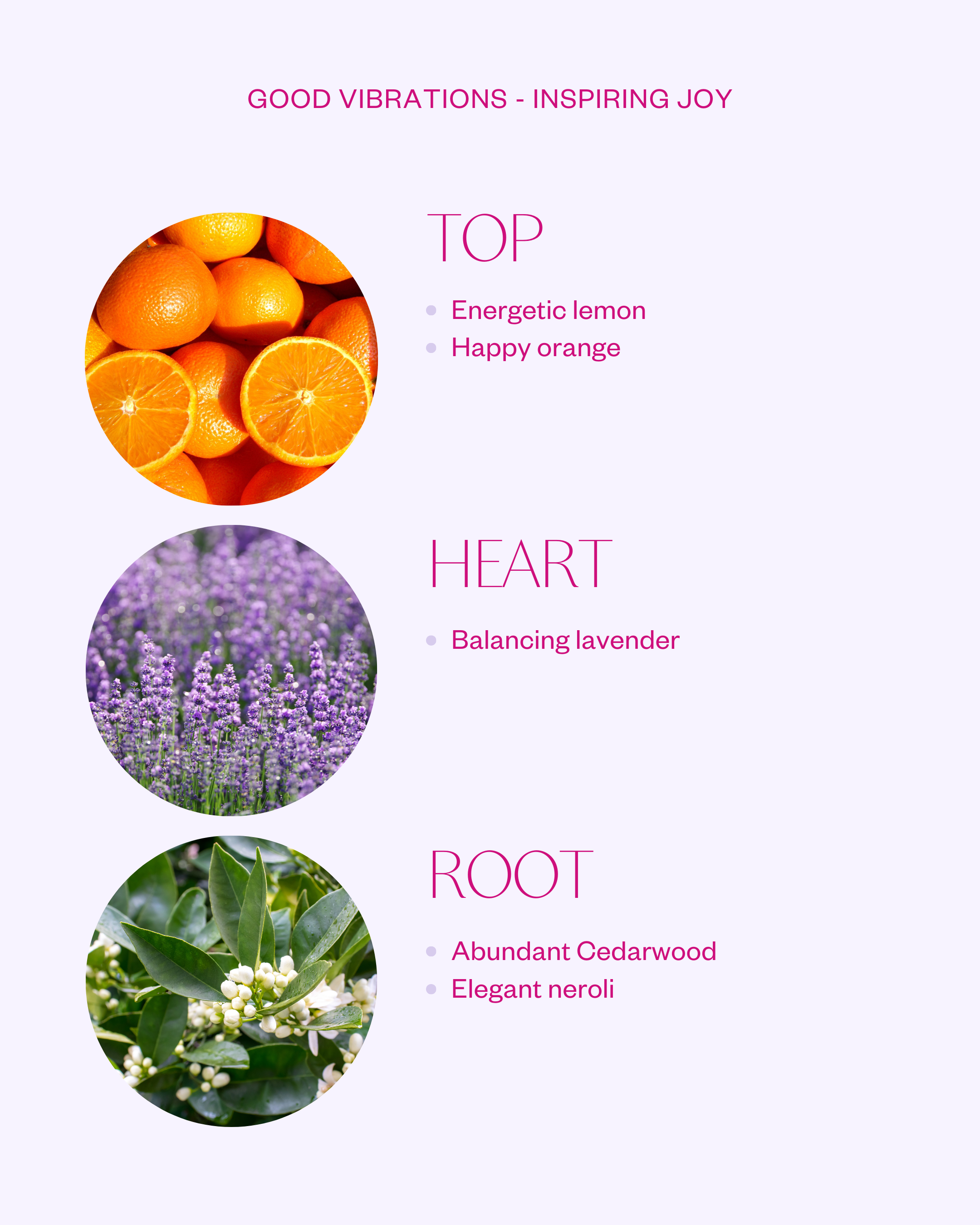
Photo: Pauliina Salonen (Chakrapolku, Jan 2014)
Writ Inderjit Kaur Khalsa
Although the history of yoga is long and multi-stage, the chakras began to be talked about until the 19th century. The chakras are known to be related to the tantric concept of people, where all the living consists of Prana, or the vitality. Prana is an energy that flows with us with breathing. Also food and drink, as well as the part of the consciousness that we cannot see with senses, is part of Prana's rotation in us. As we seek physical and mental well -being, regulating breath is the first tool for it. By extending and deepening our breath, the amount and rotation of Prana in our entire energetic system, which we call the body, mind and spirit.
There are a different number of chakras in different traditions. I represent kundalini yoga myself and in our tradition, there are eight chakras. Chakra work always starts from the bottom up and first strengthen your own roots. The first or rootchakra, Muladhara represents the theme of approval. Its color is red and the element is the ground. Another chakra, Svadhishhana deals with creativity. Its element is water and color orange. Flow, flow and letting go of control are part of a fixed area. Third chakra, Manipura, Once again, it is located in the hub and its purpose is to maintain one's own strength and will. The element of the third chakra is the fire and the color yellow. It is starting to direct your will from this area. In many traditions, the third chakra also includes the diaphragm area, but after a long time with chakras, I have stated that there is a significant difference in these two areas. The third chakra in the navel region strengthens its own strength, while the diaphragm area is very sensitive. So I have named this area a 3.5 chakra because its function is more to sense and listen. It's like a sensitive receiver in the environmental energy. This is easy to spot when you are in an unpleasant situation, and as if you are instinctively you find your hands in a wood or otherwise trying to cover the diaphragm area. In a difficult situation, we protect ourselves as naturally. These three lowest chakras, the lower chakramio, represent the past and grounding, while the three top chakras open up to us towards higher consciousness.
Fourth chakra, Aid represents air and green color. It is located in the heart of the heart and is the meeting place for the two chakra three. When we talk about enlightenment in yoga, it means its own inner light, which comes on when the center of love and compassion is activated. Fifth chakran, Vishuddha, the area is located in the neck and neck. There's your own truth, sound, self -expression and hearing and understanding. The color of the fifth chakra is light blue and the element is the ether. My truth gets its strength from the third chak. For this reason, breathing should always flow into the third chakra or 'To the bottom of the stomach' until.
The sixth chakra, representing the theme of intuition, Ajon, located in the third eye area, roughly between the eyebrows at the pituitary gland, which is located in the middle of the skull. The sixth chakra no longer has an element because energy is much more fine. The color is deep, indigo blue. Seventh chakra, Sawmill, ranked on the top and is connected to the pink gland that acts as a regulator of light and darkness. The theme of the seventh chakra is unlimited and the color is purple. The seventh chakra involves the expansion of consciousness to understand life and the whole mystery of death. In kundalini yoga, we count on the chakras another eighth chakra, which comprises a plow, is a protective electromagnetic field around our physical body.
So the chakras are not a solid entity that we could dig out of the body and explore by science, but they are energy that is in constant movement. The chakras are located within the physical skeleton, not in any body or in the back. The energy is subtle and its widespread strands are invisible from us. So we can never fully understand its whole. However, we can influence our own well -being by first listening to the very calm messages sent to us by the chakras. Messages are often a mild symptom in the area where energy is needed to balance energy. If we do not take messages from true, they may reach up to illness. With breath, meditation and yoga, we can very quickly get the chakras into a state of balance. Sometimes we also use colors, scents and elements related to each chakra.
So the chakra system is not a mystery, but it is a very practical way to get to know ourselves better and quickly understand what is needed to maintain mental and physical balance. When we are in balance in us, peace, joy, acceptance, love and good physical health.
Inderjit Kaur Khalsa is a writer, film director and kundalini yoga founder in Helsinki. He has taught kundalini yoga for over 20 years and created a Chakrapolku® concept to help students find a balance between the chakras.
https://www.inderjitkaurkhalsa.com/
https://www.kundaliinijoogahelsinki.com/
Photos: Pauliina Salonen (Chakrapolku, Jan 2014)
Written by

Estenomi and chemist Suvi knows the ingredients and their potential as their own pockets, and he has developed several Flow Cosmetics Bestsellers.
Summer






